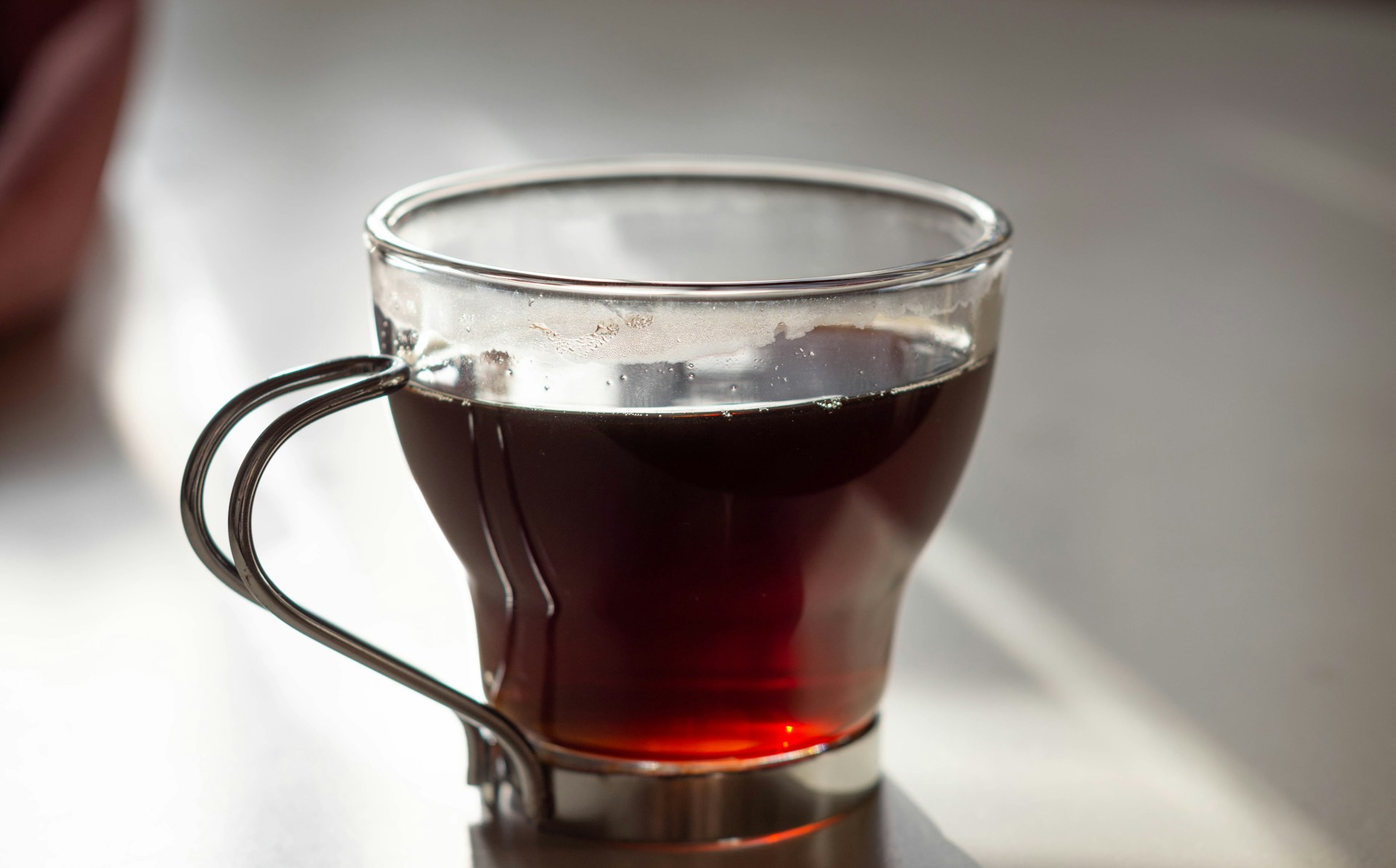Steak for breakfast? Yes, please! While it may not be your typical morning meal, cooking breakfast steak can be a mouthwatering way to start your day. Whether you prefer a juicy ribeye, a tender filet mignon, or a flavorful New York strip, breakfast steak can be a delicious and satisfying morning treat. In this comprehensive guide, we will walk you through the steps to cook the perfect breakfast steak, from selecting the right cut to seasoning and cooking methods that will leave you with a steak that’s juicy, flavorful, and perfect for breakfast.
Choosing the Right Cut
The first step to cooking the perfect breakfast steak is selecting the right cut. Different cuts of steak offer various textures and flavors, so it’s essential to choose one that suits your preferences and cooking style. Here are some popular steak cuts for breakfast:
Ribeye: Known for its marbling and rich flavor, ribeye steak is a popular choice for breakfast. It’s tender, juicy, and provides a satisfyingly beefy taste.
Filet Mignon: This cut is exceptionally tender and has a mild, buttery flavor. While it may be a bit more expensive, it’s perfect for those who prefer a leaner, milder steak.
New York Strip: With a balance of tenderness and bold flavor, the New York strip steak is an excellent choice for breakfast. It’s known for its well-defined marbling and meaty taste.
T-Bone or Porterhouse: These steaks offer a combination of the tender filet mignon and the flavorful New York strip, making them a delightful breakfast option. They’re also larger cuts, making them suitable for sharing.
Sirloin: If you’re looking for a budget-friendly option, sirloin steak is a great choice. While it may not be as tender as some other cuts, it still delivers excellent flavor.
Once you’ve chosen your preferred steak cut, it’s time to move on to the next crucial steps in the cooking process.
Preparing the Steak
Before you start cooking your breakfast steak, proper preparation is key to achieving the best results. Here’s what you need to do:
Allow the Steak to Come to Room Temperature: Take the steak out of the refrigerator and let it sit at room temperature for about 30 minutes. This ensures that the steak cooks evenly.
Pat the Steak Dry: Use paper towels to pat the steak dry on both sides. Moisture on the surface can prevent a good sear, so removing excess moisture is essential.
Season Generously: Season the steak with salt and pepper on both sides. The general rule of thumb is to use about 1/2 to 1 teaspoon of salt per pound of steak. You can also add other seasonings like garlic powder, onion powder, or a steak rub for extra flavor.
Cooking Methods
There are several cooking methods you can choose from when preparing breakfast steak. The method you select will depend on your preference and the equipment you have available. Here are some popular options:
Pan-searing:
Heat a heavy skillet (cast iron is ideal) over high heat until it’s smoking hot.
Add a small amount of cooking oil with a high smoke point (e.g., vegetable oil, canola oil, or grapeseed oil) to the skillet.
Carefully place the seasoned steak in the skillet.
Sear the steak for 2-3 minutes on each side for a medium-rare steak, adjusting the time based on your desired level of doneness.
For added flavor, consider adding butter and aromatic herbs like rosemary and thyme to the skillet during the last minute of cooking. Baste the steak with the melted butter for extra richness.
Grilling:
Preheat your grill to high heat (around 450-500°F or 230-260°C).
Oil the grates to prevent sticking.
Place the seasoned steak on the grill and cook for 3-4 minutes on each side for medium-rare.
Use a meat thermometer to check the internal temperature. For medium-rare, it should be around 135°F (57°C).
Rest the steak for a few minutes before slicing.
Broiling:
Preheat your oven’s broiler to high.
Place the seasoned steak on a broiler pan or a wire rack set over a baking sheet.
Position the steak about 4-6 inches (10-15 cm) below the broiler.
Broil for 4-5 minutes on each side for medium-rare.
Keep a close eye on the steak to prevent overcooking.
Sous Vide:
Vacuum-seal the seasoned steak in a bag and immerse it in a water bath heated to your desired level of doneness (e.g., 130°F/54°C for medium-rare).
Cook the steak sous vide for 1-2 hours, depending on thickness.
Finish the steak by searing it in a hot skillet or on the grill for a minute or two on each side for a nice crust.
Reverse Searing:
Preheat your oven to a low temperature, around 275°F (135°C).
Place the seasoned steak on a wire rack set over a baking sheet.
Roast the steak in the oven until it reaches an internal temperature of about 10°F (5°C) below your desired doneness (e.g., 125°F/52°C for medium-rare).
Remove the steak from the oven and let it rest for a few minutes.
Heat a skillet over high heat and sear the steak for 1-2 minutes on each side until it develops a crust.
Determining Doneness
Achieving the perfect level of doneness is crucial when cooking breakfast steak. Here are some guidelines for checking doneness:
Meat Thermometer: Invest in a good-quality meat thermometer to accurately gauge the internal temperature of your steak. For reference, here are some target temperatures for different levels of doneness:
Rare: 120-125°F (49-52°C)
Medium-Rare: 130-135°F (54-57°C)
Medium: 140-145°F (60-63°C)
Medium-Well: 150-155°F (66-68°C)
Well-Done: 160°F (71°C) and above
Touch Test: If you don’t have a meat thermometer, you can use the touch test. Here’s a simple guide:
Rare: Steak feels soft, like the flesh at the base of your thumb when your hand is open and relaxed.
Medium-Rare: Steak feels slightly springy, like the flesh at the base of your thumb when you touch your thumb to your pinky finger.
Medium: Steak feels firm but with a slight give, like the flesh at the base of your thumb when you touch your thumb to your ring finger.
Well-Done: Steak feels very firm, like the flesh at the base of your thumb when you touch your thumb to your middle finger.
Cutting Test: If you’re unsure about the doneness, you can make a small cut in the center of the steak and check the color of the interior. It should match your desired level of doneness.
Resting the Steak
After cooking your breakfast steak, it’s crucial to let it rest before slicing and serving. Resting allows the juices to redistribute throughout the meat, ensuring a juicy and flavorful steak. Place the steak on a cutting board or a plate, tent it loosely with aluminum foil, and let it rest for about 5-10 minutes.
Serving and Pairing
Now that your breakfast steak is perfectly cooked and rested, it’s time to enjoy your morning feast. Here are some serving and pairing ideas:
Classic Breakfast: Serve your steak with traditional breakfast sides like eggs (fried, scrambled, or poached), toast, and hash browns. This combination provides a hearty and satisfying breakfast experience.
Steak and Eggs: Keep it simple by pairing your breakfast steak with sunny-side-up or over-easy eggs. The runny yolk can act as a natural sauce for your steak.
Breakfast Burrito or Taco: Slice your steak into thin strips and use it as a filling for breakfast burritos or tacos. Add some scrambled eggs, cheese, and your favorite salsa for a flavorful morning wrap.
Steak and Avocado Toast: Spread mashed avocado on toasted bread and top it with sliced steak for a nutritious and delicious breakfast.
Steak and Greens: For a healthier breakfast, serve your steak with a side of sautéed spinach, kale, or other leafy greens. The combination of protein and vegetables is both nutritious and satisfying.
Steak and Potatoes: Pair your breakfast steak with roasted or mashed potatoes for a hearty and filling morning meal.
Cooking breakfast steak may not be an everyday occurrence, but it’s a delightful way to treat yourself to a special morning meal. With the right cut, proper seasoning, and the cooking method that suits your preference, you can enjoy a perfectly cooked breakfast steak that’s juicy, flavorful, and sure to brighten your day. So, the next time you’re looking to elevate your breakfast game, consider indulging in a delicious steak to start your day on a high note.
Tips and Tricks for Cooking Breakfast Steak
While we’ve covered the basics of cooking breakfast steak, there are some additional tips and tricks that can help you achieve even better results:
Bring Your Steak to Room Temperature: Allowing your steak to come to room temperature before cooking ensures that it cooks evenly. Cold meat takes longer to cook, and you risk overcooking the outer layers while the center remains undercooked.
Invest in Quality Meat: The quality of the steak you choose matters. Look for well-marbled steaks with good fat content. Higher-quality cuts will generally produce better results.
Use a Meat Tenderizer: If you’re using a tougher cut of steak, consider using a meat tenderizer or a mallet to break down the muscle fibers. This can make the steak more tender and enjoyable.
Rest the Steak Before Cutting: After resting your steak, it’s essential to wait a few more minutes before cutting it. This allows the juices to redistribute and helps keep the meat moist.
Experiment with Marinades: While a simple salt and pepper seasoning can be delicious, you can also experiment with different marinades to add flavor. Popular options include garlic, soy sauce, Worcestershire sauce, and herbs.
Don’t Overdo the Seasoning: While seasoning is crucial, avoid over-seasoning your steak, especially with salt. You can always add more seasoning later, but it’s challenging to fix an overly salty steak.
Use a Meat Thermometer: To achieve the perfect level of doneness, invest in a meat thermometer. It takes the guesswork out of cooking and ensures your steak is cooked to your liking.
Practice Patience: Rushing the cooking process can lead to subpar results. Be patient and allow the steak to cook at the right temperature for the right amount of time. It’s worth the wait!
Experiment with Steak Sauces: While a perfectly cooked steak can shine on its own, you can also experiment with various steak sauces like chimichurri, béarnaise, or a red wine reduction to elevate the flavor profile.
Consider Resting in Butter: After cooking your steak, resting it in a warm pat of butter for a minute or two can add a luxurious touch and enhance the flavor.
Practice Safety: When working with hot pans and grills, always practice safety measures. Use oven mitts, long tongs, and be cautious of flare-ups.
Cooking breakfast steak can be a rewarding and delicious way to kickstart your day. Whether you prefer a classic steak and eggs breakfast or want to get creative with your culinary skills, there’s a breakfast steak recipe and method for everyone. From selecting the right cut of steak to mastering the cooking techniques, you now have the knowledge and tools to create a breakfast masterpiece in your own kitchen.
Remember that practice makes perfect, and each steak you cook is an opportunity to refine your skills and tailor your breakfast steak to your exact liking. So, don’t be afraid to experiment, try different cuts, seasonings, and cooking methods until you find your breakfast steak nirvana. With dedication and a passion for good food, you’ll soon become a breakfast steak connoisseur, delighting in the savory, mouthwatering goodness of a perfectly cooked morning steak. Enjoy!


















